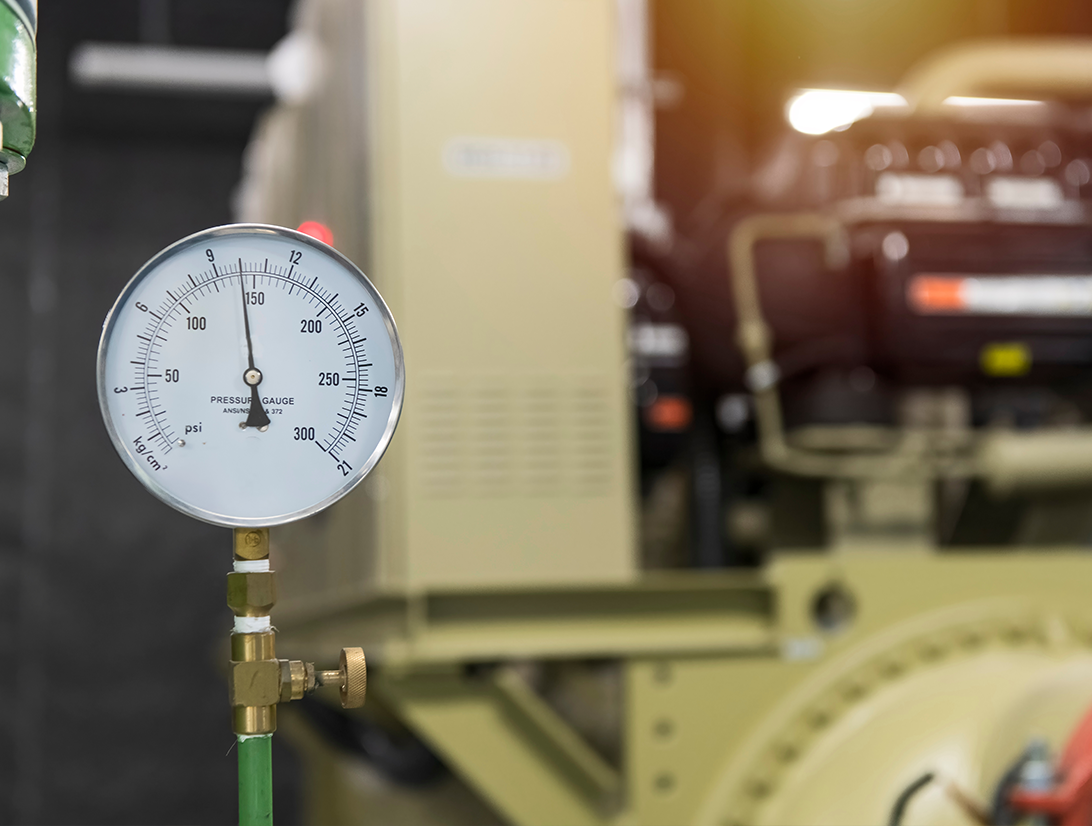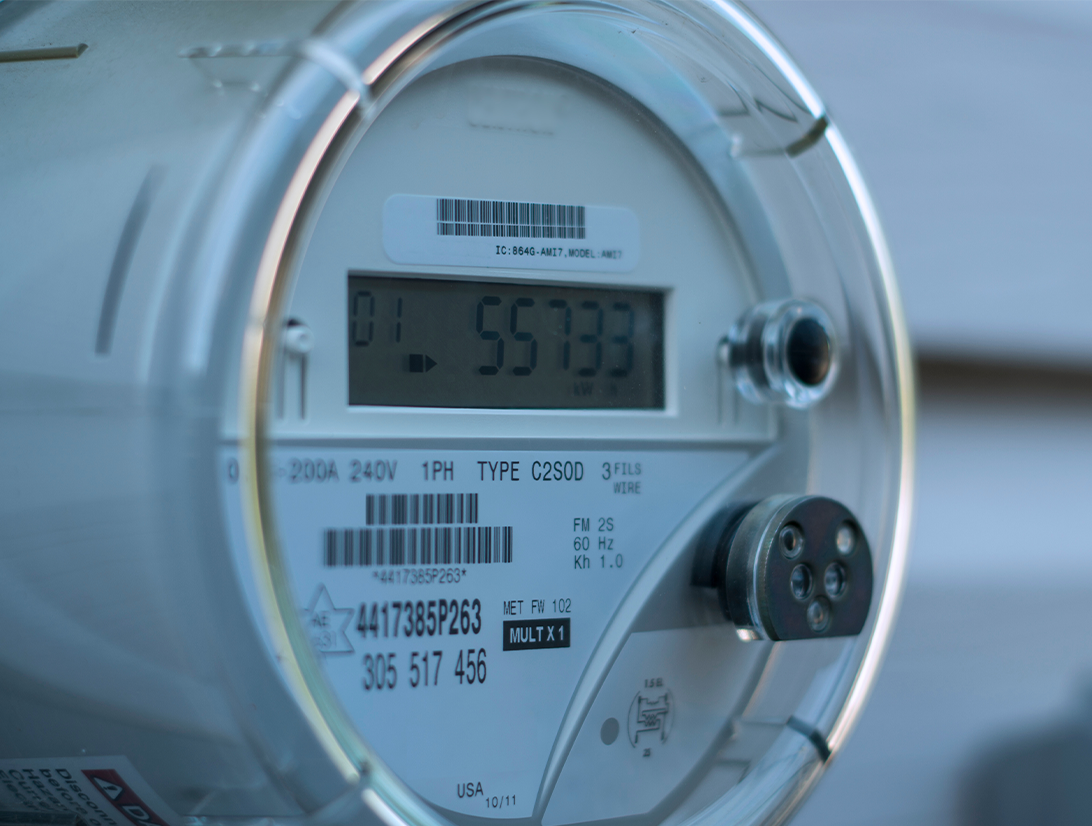Troubleshooting Common Problems with Air Pressure

Working as an engineer, field professional or technician requires the use of a wide array of tools including pressure air meters. These meters are more complex than they appear at first sight. This is your guide to pressure air meter troubleshooting to help you get back on track when trouble arises.
Handling Pressure Air Meters in the Field
Construction professionals, concrete testing specialists and quality control engineers alike use air pressure meters to gauge the level of entrained air within freshly mixed concrete. Challenges inevitably arise when using pressure air meters used to measure the amount of air entrained within mixed concrete.
Equalizing a specific air volume within the pressure chamber with the entrained air’s unknown amount within the concrete filled base requires practice and intelligence. If you are initially confused by the meter gauge, don’t panic. Some pressure air meter troubleshooting will guide you along the way.
The reading on the gauge is a specific percentage of air entrained in the concrete sample. If the reading gauge is faulty or unclear, a calibration adjustment might be necessary.
There is also the potential for the lid to loosen from the base. If you notice a loose lid, check the four self-locking one-piece clamps for sufficient tension.
Pressure Testing Problems
When properly calibrated, the pressure air meter reads the calibration to the nearest 1/10th of a percent. Recalibrating the internal vessel and tubes can be done using the instructions yet the guidance of an expert might also be necessary.
If you notice the pressure test is slower than usual, the all-brass pump might not be functioning properly. Featuring an elongated stroke design, the meter is designed to test air pressure quickly with minimal strokes.
A considerable decline in strength might be the result of excessive air content. The percentage of air is essential for proper mix performance.
No pressure air meter lasts forever. Air meters are often subjected to harsh usage in the field including some drops, bangs and dents. However, you can extend the useful life of your meter with maintenance rotations.
Schedule three-month air pressure meter maintenance to be on the safe side. Air meter rotation is an invaluable opportunity to gauge meter condition, functionality and more. Commit to regular pressure air meter maintenance including calibration and you’ll find less troubleshooting is necessary down the line.
It is best to conduct cleaning, functionality and maintenance analysis prior to calibration. Such operations have the potential to slightly alter calibration, meaning they should be done at the beginning of the maintenance routine.
Pressure Air Meter Jams


If the meter jams or doesn’t function as it used to, there is a good chance the concrete has hardened or accumulated in excess. Too much concrete or rigid concrete within the crevices and joints of the meter compromise functionality.
There is also a chance that concrete accumulation within the measuring bowl will alter calibration values. If such accumulation occurs, test results will be altered by a considerable amount.
The accumulation of concrete has the potential to damage pressure valves, the bleeder, threads and clamps. Be proactive and perform regular cleanings to prevent such accumulation.
Ideally, a quick cleaning will be performed at the beginning of use. Such timely cleaning has the potential to prevent hours of chipping, scraping and other repairs. Regular cleanings also extend the useful life of internal parts.
When in doubt, clean the pressure air meter with a nifty scrub brush. You can bring the brush out into the field, using it to clean the meter onsite. A comprehensive cleaning kit makes the job that much easier.
Fluctuations in Pressure
There is the potential for the meter to have both upstream and downstream pressure fluctuations. If you notice fluctuations in either direction, it is an indication that the pressure regulator is not functioning as it should.
The initial troubleshooting step is to guarantee the system contains the proper regulator. A regulator that reduces pressure adequately controls pressure going downstream. Back-pressure regulators help control pressure upstream.
Insert the proper regulator in the meter then test it again. As long as the right meter is in position, it should function properly. However, there is a chance that the pressure will still spike above the intended limit. Some pressure air meter troubleshooting will be necessary.
As an example, the regulator might be the wrong size. Instances of supply pressure effect and creep can also cause pressure to increase beyond the desired limit. Creep occurs in instances when the unit’s regulator does not properly close upon completion.
You can gauge the regulator’s creep by closing it to halt downstream air flow. Turn on the air source of the regulator to allow the inlet gauge to hit the target pressure for delivery. Open the regulator to the point that the inlet gauge displays half the target delivery pressure.
Close the regulator, then look for the outlet pressure reading. If the outlet pressure spikes 10-15 minutes later, creep is present.
Supply pressure effect is a fancy way of stating there is an inverse relationship between outlet pressure and the inlet. The emptying of the air tank causes the pressure sent to the regulator to decrease. The decline causes a spike in regulator outlet pressure. If the SPE value isn’t that recommended in the manual, an adjustment will be necessary.
What About Leaks?


Most air meters leak in due time. Pressurize the air chamber to rapidly isolate the leak. You can also pressurize the cover assembly on the bowl used for measurement to identify leaks. The next step is to brush soapy water along the joints and fittings.
It will also help to put the cover assembly but for the gauge within a container of water. Keep in mind, the meter’s O-rings and gaskets have the potential to fail after wear and tear, dirt accumulation and damage.
If there is a leak, correct them with a close analysis of the gasket including the adjusting clamps. However, don’t tighten the clamps too much.
Deslauriers Pressure Air Meters
Give one of our air meters a try and you’ll find it is easy-to-use, reliable and accurate.
You can contact our team by phone at 800-743-4106 to learn more about our meters. We also provide pressure air meter troubleshooting guidance to help you solve problems with efficiency.
- Protecting Worksites from Dropped Object Hazards: Essential Tools for Elevated Safety
- 5 Ways to Use the Vers-A-Scoop (Beyond Just Masonry Work)
- Deslauriers: Leading the Way in Sustainable Manufacturing
- 5 mistakes to avoid when using concrete test scoop
- Troubleshooting Common Problems with Air Pressure
- Construction materials
- shims
- shims in construction
- concrete
- construction
- Steel columns
- Building support structures
- Structural design
- Types of steel columns
- H-beams
- I-beams
- Pipe columns
- Box columns
- Steel-concrete composite columns
- Construction projects.
- Concrete Column Form
- Concrete Column Form Rent
- Buy Concrete Column Forms
- Construction temperature control
- Thermostatic technology
- Concrete curing
- Temperature regulation
- Construction equipment
- Advanced curing techniques
- Concrete strength optimization
- Structural integrity
- Construction safety
- Composite wood shims
- construction shims
- durability of composite shims
- Lifting Handle Guide
- Lifting Handle best practices
- Dowel Caps
- Concrete Placement in Construction
- Construction Efficiency
- Concrete Placement in Construction Projects
- sustainable construction
- cost-effective building materials
- sustainable building benefits
- environmental impact
- on-site training
- deslauriers services
- construction training
- Equipment Maintenance
- Testing Equipment Care
- Rust Prevention
- Compression Testing Equipment
- Equipment longevity
- column formwork
- concrete formwork

